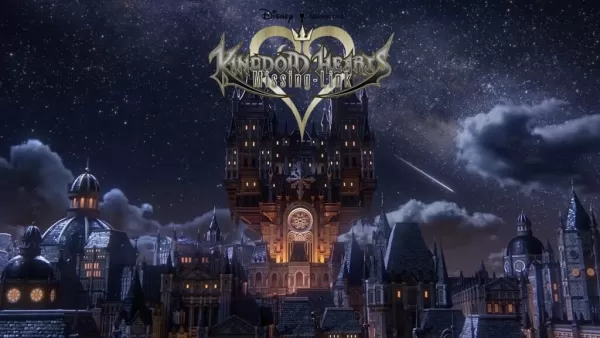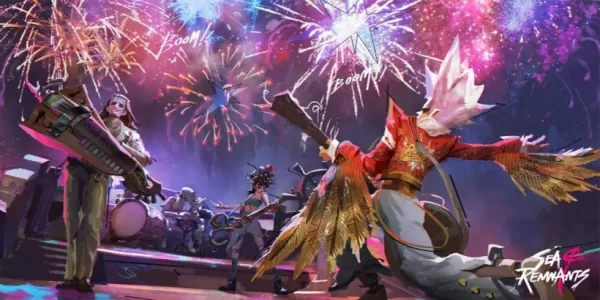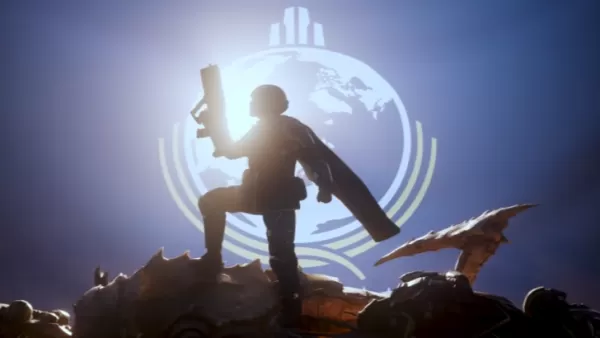During a recent hands-on demo of *Doom: The Dark Ages*, I found myself unexpectedly reminded of *Halo 3*. Halfway through the session, I was mounted on a cyborg dragon, unleashing machine gun fire across a demonic battle barge. After demolishing its defensive turrets, I landed atop the ship, stormed through its lower decks, and turned its crew into a bloody mess. The warmachine was quickly destroyed, and I burst through its hull, leaping back onto my dragon to continue my crusade against Hell's machines.
Fans of *Halo 3* will recognize the similarity to Master Chief's assault on the Covenant's scarab tanks. The transition from aerial assault to boarding action mirrors that iconic sequence, albeit with a holographic-winged dragon instead of a Hornet and an occult flying boat instead of a mech. Interestingly, this wasn't the only moment reminiscent of *Halo*. While *The Dark Ages* retains *Doom*'s intense combat, its campaign design feels infused with a late-2000s shooter vibe, featuring elaborate cutscenes and a focus on gameplay novelty.
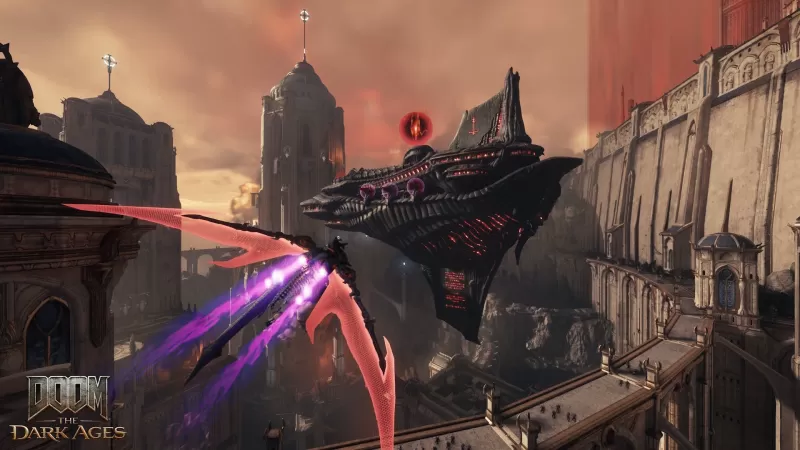
Over two and a half hours, I played four levels of *Doom: The Dark Ages*. The opener was reminiscent of *Doom (2016)* and its sequel with its tightly paced, meticulously mapped design. The subsequent levels introduced me to piloting a colossal mech, flying the dragon, and exploring a wide-open battlefield filled with secrets and minibosses. This shift marks a significant departure from *Doom*'s usual focus on mechanical purity, drawing parallels with *Halo*, *Call of Duty*, and even older *James Bond* games like *Nightfire*, known for their scripted setpieces and temporary mechanics.
This direction is intriguing, especially considering the series once veered away from such elements. The cancelled *Doom 4* was set to resemble *Call of Duty* with its modern military aesthetic and emphasis on characters, cinematic storytelling, and scripted events. Yet, here we are in 2025, seeing these elements integrated into *The Dark Ages*.
The campaign's rapid pace is punctuated with novel gameplay ideas, reminiscent of *Call of Duty*'s most memorable sequences. My demo began with a long, cinematic cutscene reintroducing the realm of Argent D'Nur, the Maykrs, and the Night Sentinels. The Doom Slayer is portrayed as a terrifying legend, akin to a nuclear threat. While familiar to *Doom* lore enthusiasts, this cinematic approach feels new and reminiscent of *Halo*. NPC Night Sentinels scattered throughout the environment further this *Halo*-like feel, though they don't fight alongside you, they create a sense of being part of a larger force.
The introductory cutscene's focus on character work raises questions about whether *Doom* needs this depth of storytelling. Personally, I prefer the subtle narrative style of the previous games, but the cutscenes in *The Dark Ages* are brief and serve to set up missions without interrupting the game's intense flow.
However, the demo introduced interruptions in other forms. After the opening mission, I was thrust into a Pacific Rim-like Atlan mech to battle demonic kaiju, followed by soaring through the skies on the cybernetic dragon, taking down battle barges. These scripted levels create a significant shift in gameplay, reminiscent of *Call of Duty*'s AC-130 gunship or dogfighting missions. The mech sequences are slow and heavy, while the dragon is fast and agile, providing a stark contrast to the classic *Doom* experience.
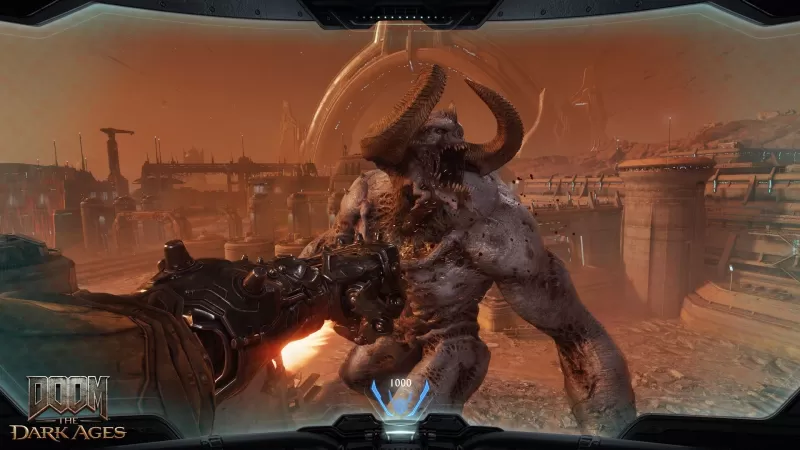
Many of the best FPS campaigns thrive on such variety. *Half-Life 2* and *Titanfall 2* set the standard, while *Halo*'s mix of vehicular and on-foot sequences adds rich texture. However, I'm uncertain if this will work for *Doom*. The core combat in *The Dark Ages* is wonderfully complex, demanding full attention as you weave shots, shield tosses, parries, and melee combos. In contrast, the mech and dragon sequences feel simplistic and overly scripted, almost like QTEs.
In *Call of Duty*, switching to a tank or gunship fits because the mechanical complexity isn't far removed from on-foot missions. In *The Dark Ages*, however, there's a noticeable gulf between gameplay styles, which can feel jarring. Despite this, *Doom*'s core combat remains the star, and I shouldn't be wishing for a shotgun while piloting a mech.
The final hour of my demo shifted to a level called "Siege," which returned the focus to id's excellent gunplay while opening up the typically claustrophobic level design into a vast battlefield. The objective of destroying five Gore Portals echoed *Call of Duty*'s multi-objective missions, but the grand scale reminded me of *Halo*'s contrast between interior and exterior environments. This level forced me to rethink weapon ranges and use the charge attack to cover vast distances, enhancing the core shooter experience in new contexts.
Expanding *Doom*'s playspace can sometimes lead to unfocused gameplay, as I found myself backtracking through empty paths. Integrating the dragon as a *Halo*-like Banshee could maintain the pace and make it more integral to the experience.
Despite initial skepticism about these ideas, which were once considered a poor fit for *Doom*, I'm excited to see how id Software integrates them into the modern *Doom* formula. The core of *The Dark Ages* remains its on-foot combat, and everything I played reaffirmed its excellence. However, the inclusion of mechanically simpler sequences raises concerns about whether they will feel like contaminants or fresh air. As I eagerly await the full release on May 15th, my curiosity remains piqued: will *Doom: The Dark Ages* be a well-crafted late-2000s FPS campaign, or a messy one?



 LATEST ARTICLES
LATEST ARTICLES 